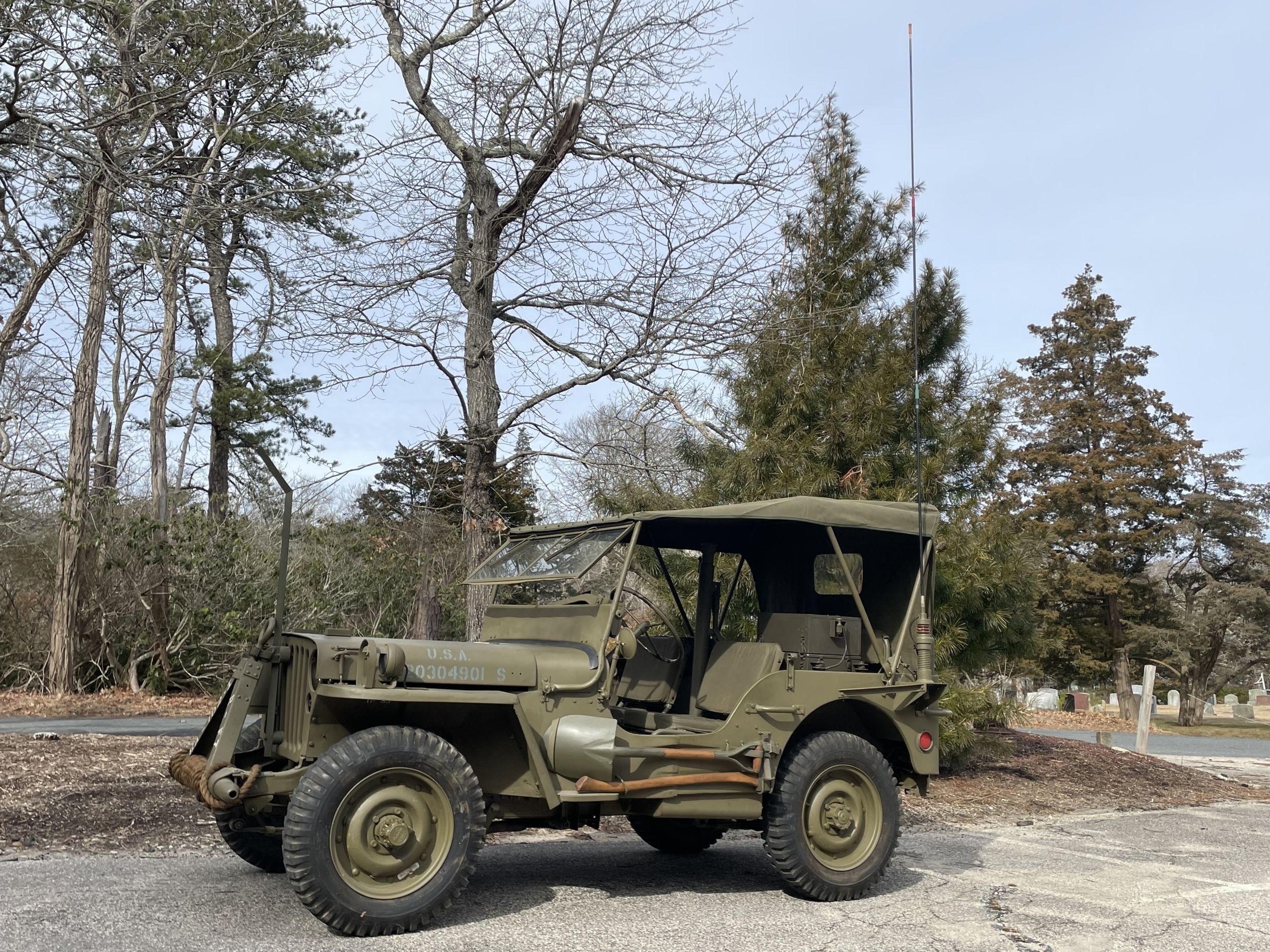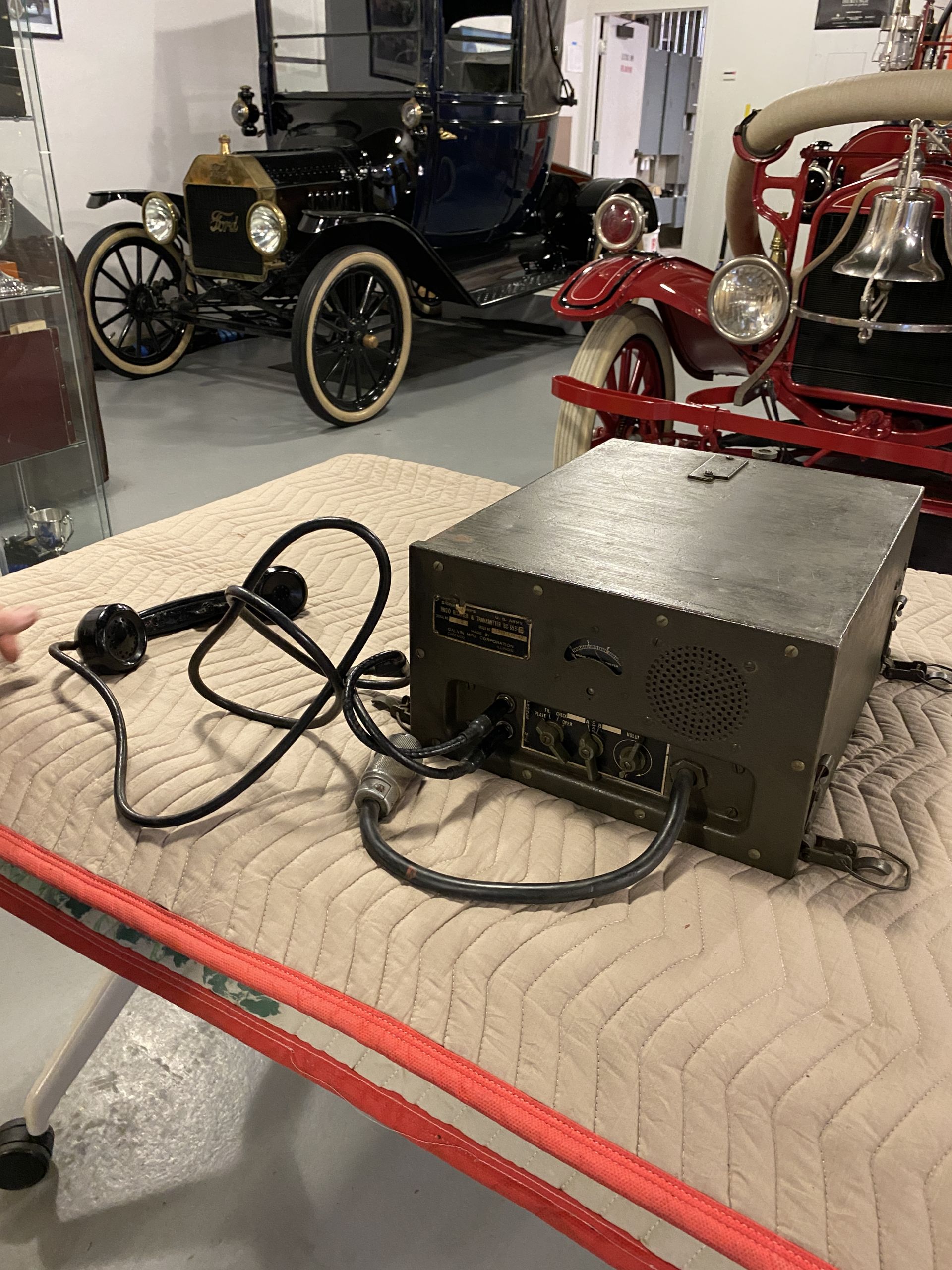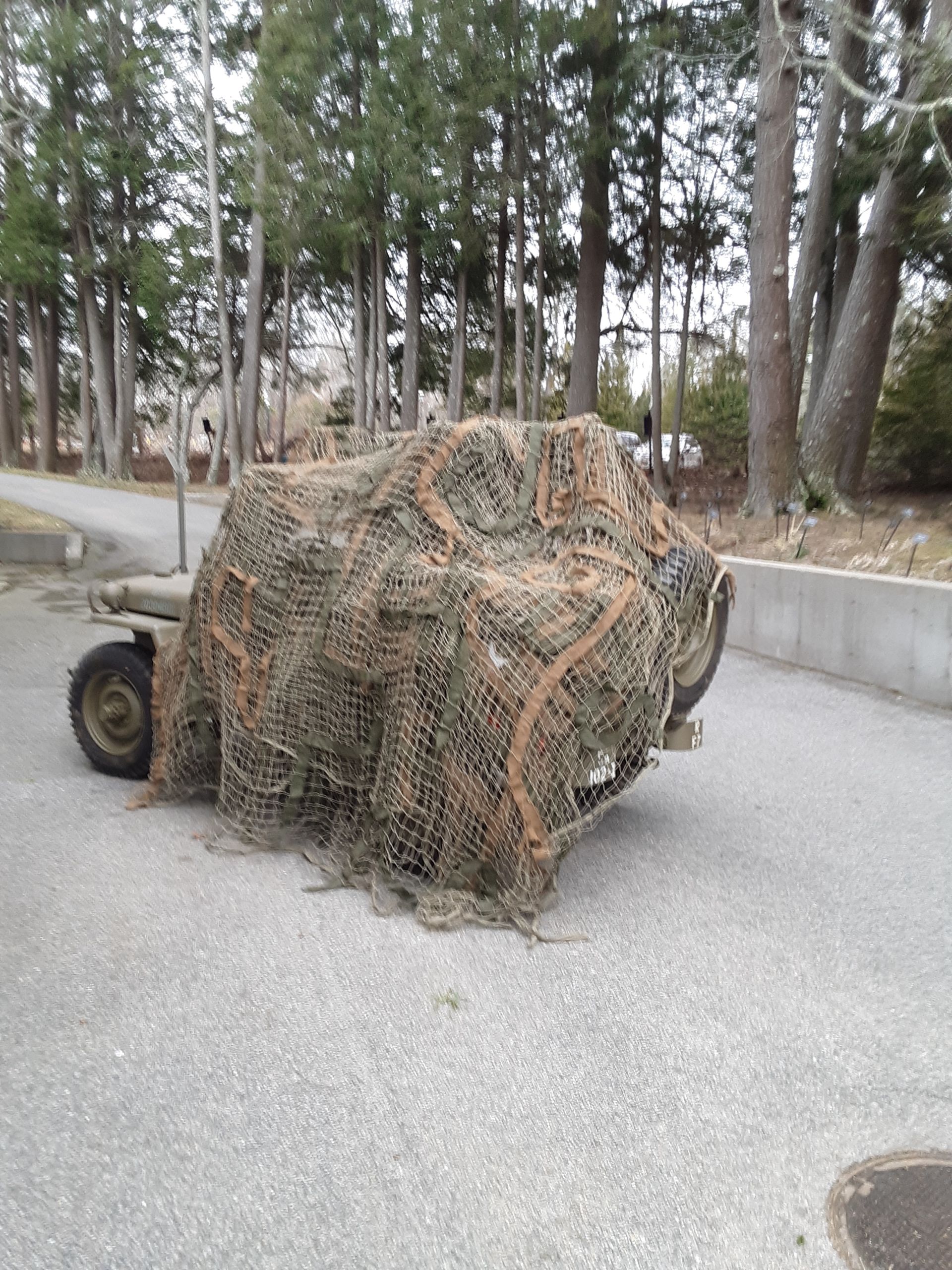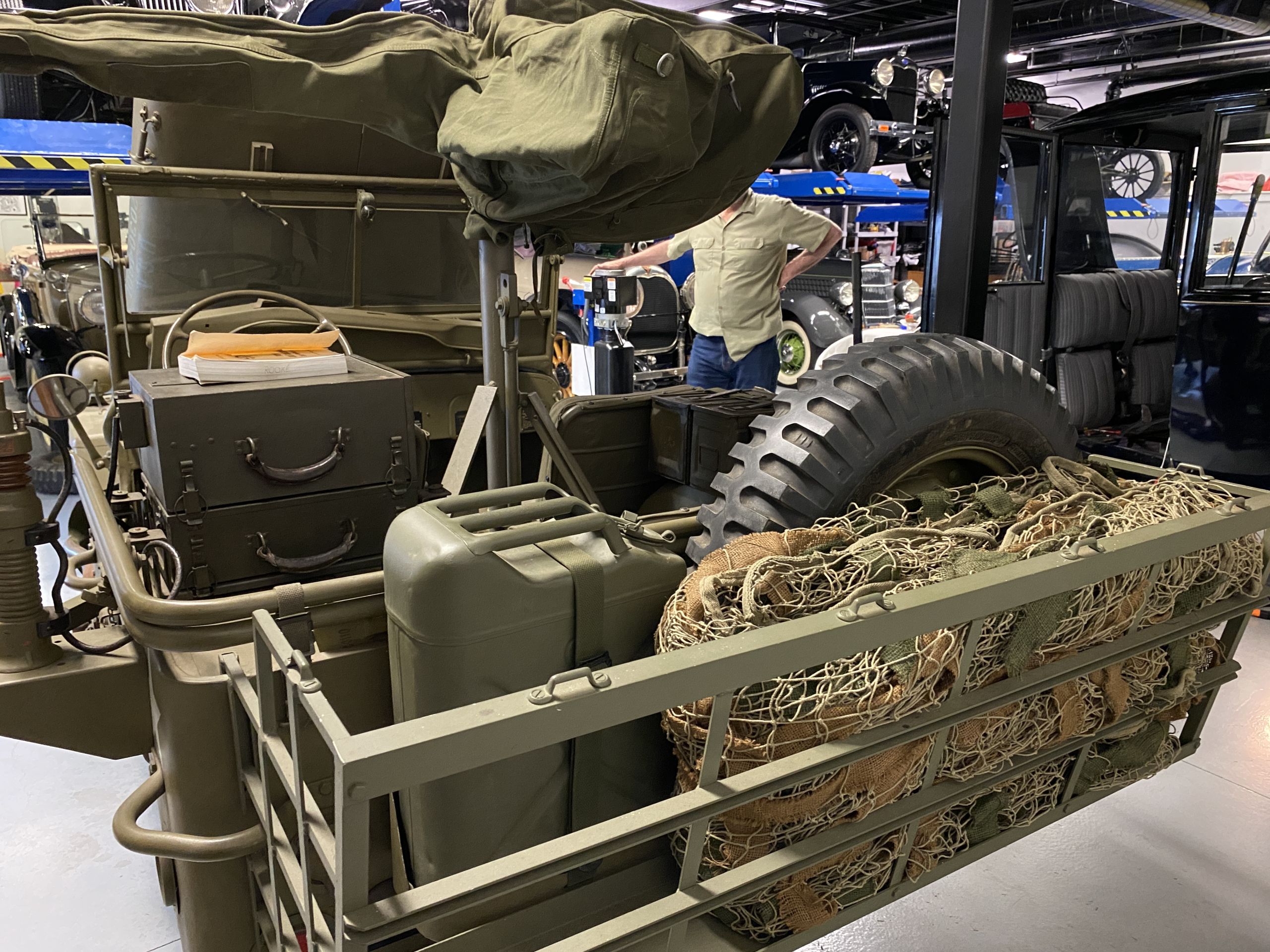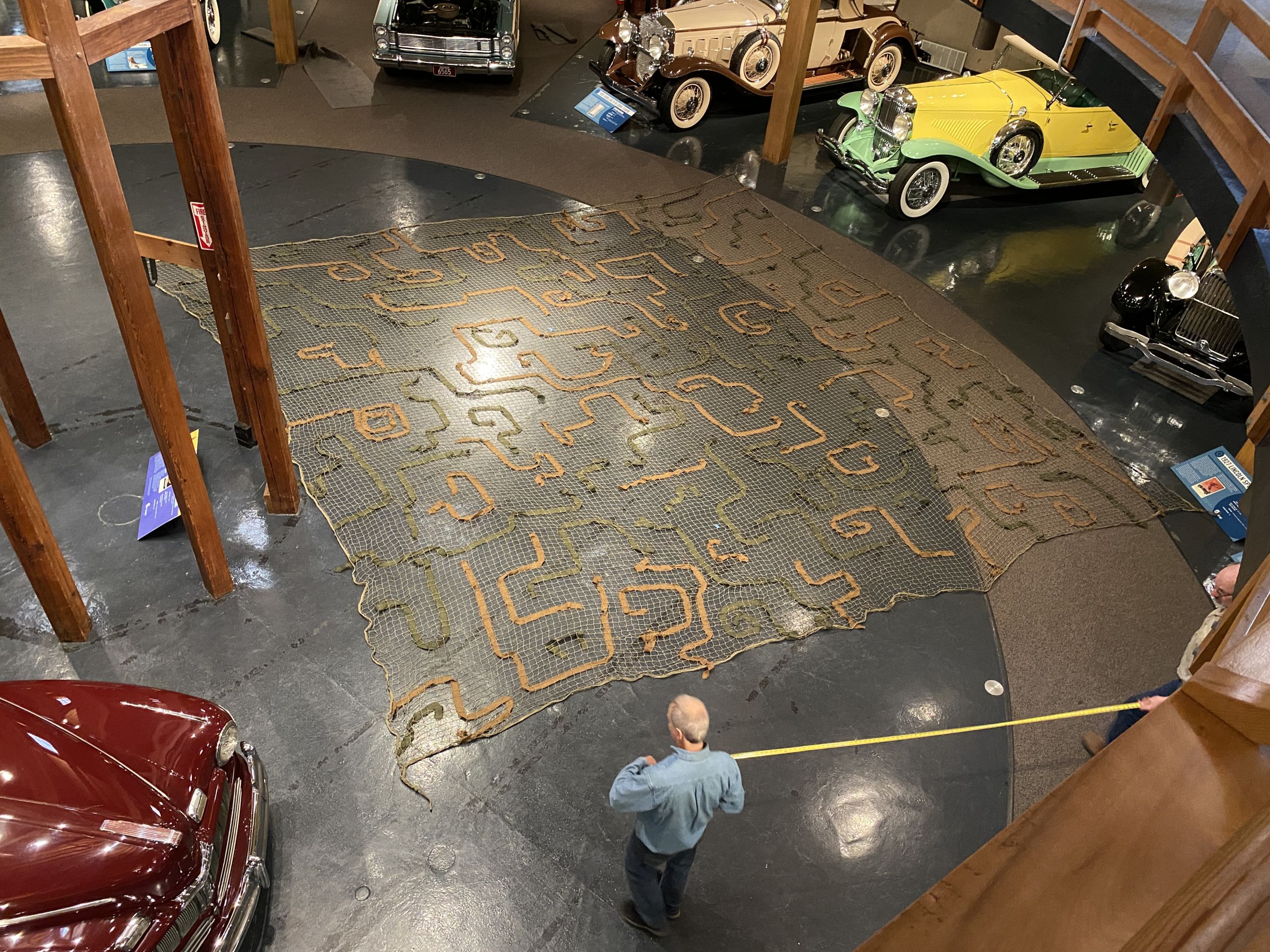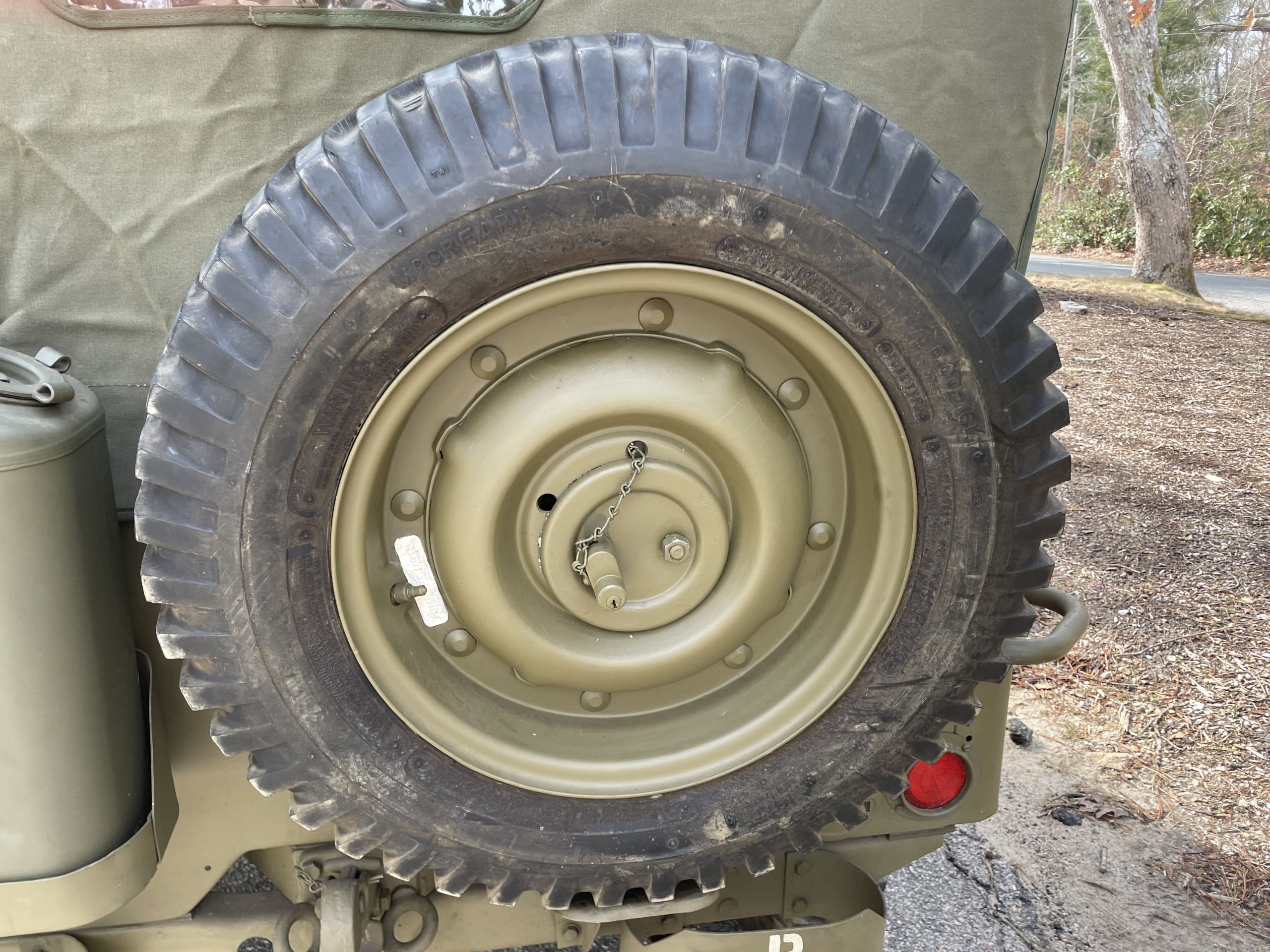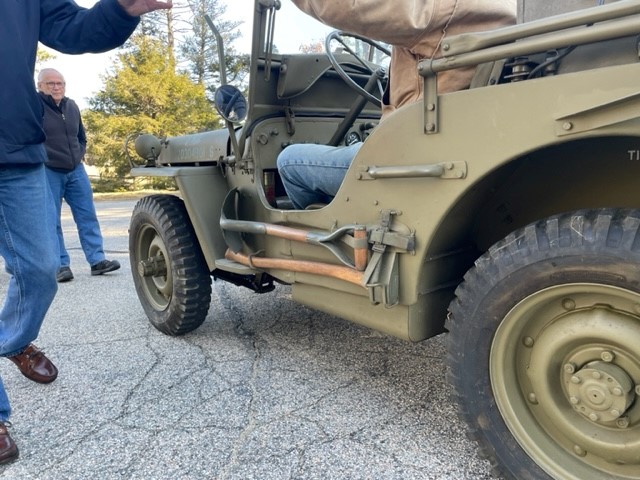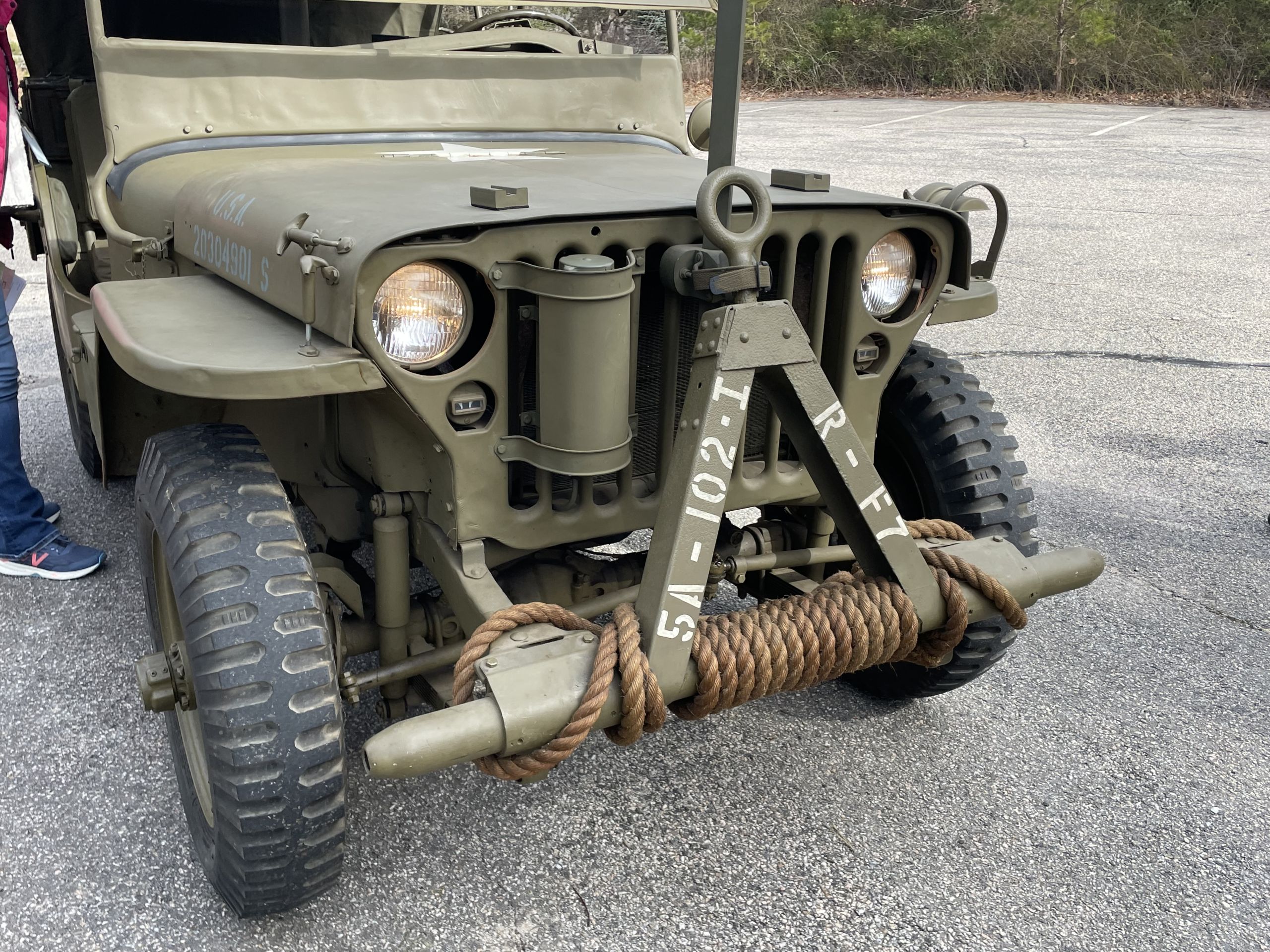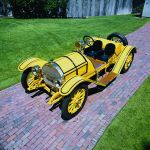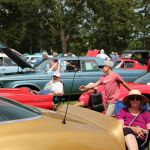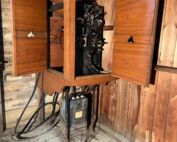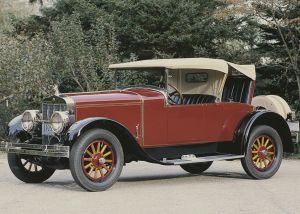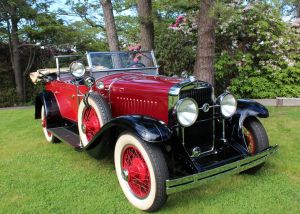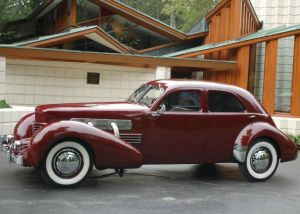1942 Willys Jeep MB

As World War II began to ravage Europe and Asia, the War Department realized it needed a small, nimble vehicle with four-wheel drive which was capable of carrying a light machine gun. On a tight timetable, it asked U.S. automakers to come up with a design. The final prototype included innovations from three different manufacturers: American Bantam Car Co. of Butler, PA, Willys-Overland, of Toledo, Ohio, and Ford Motor Company.
Almost 650,000 Jeeps were built for use in World War II. On the battlefield, the Jeep was fast, nimble and tough. It could handle nearly any terrain, and when it did get stuck, it was light enough for soldiers to lift free. It was easily repaired, easily modified for use as an ambulance, or fitted with wheels for running on railroad tracks. It could tow anti-tank weapons for quick deployment or mount a machine gun for fighting infantry. World War II reporter Ernie Pyle once said, “It did everything. It went everywhere. Was as faithful as a dog, as strong as a mule, and as agile as a goat. It constantly carried twice what it was designed for and still kept going.” General George C. Marshall, US Army Chief of Staff during World War II, described the Jeep as “America’s greatest contribution to modern warfare.”
The Heritage 1942 Willys MB Jeep is equipped with many unusual pieces of equipment including a wire cutter, tow bar, field radio, desert cool kit, engine mounted air compressor and rear storage rack.
More from our automobile collection:
In our current exhibit, From Carriage to Classic: How Automobiles Transformed America, we present the origin story of the American automobile through 23 cars from Heritage’s permanent collection of antique and classic automobiles. Come along for a ride from the late 1800s to the 1960s and watch the car evolve from a horseless carriage to a streamlined symbol of freedom and independence.


